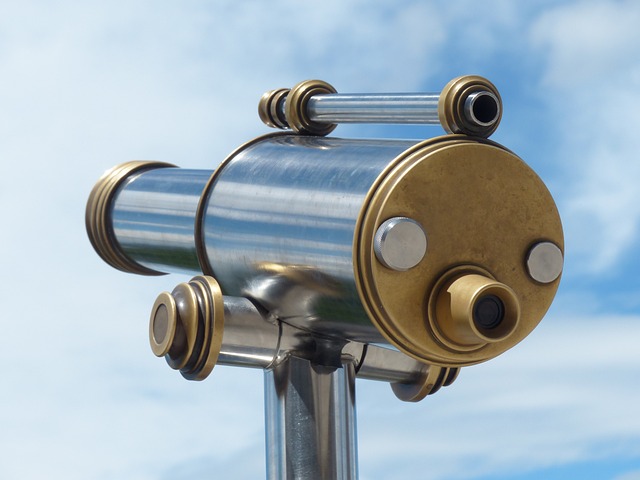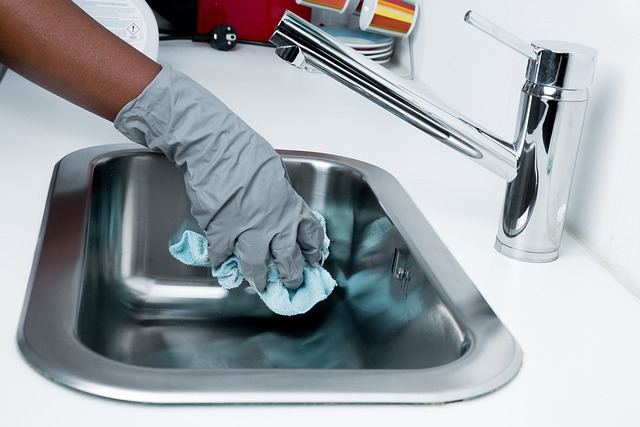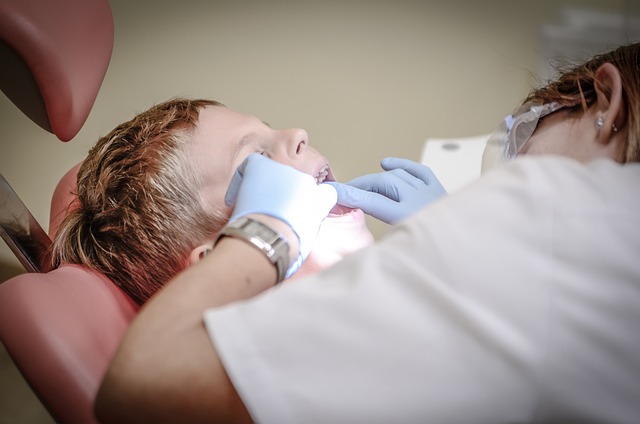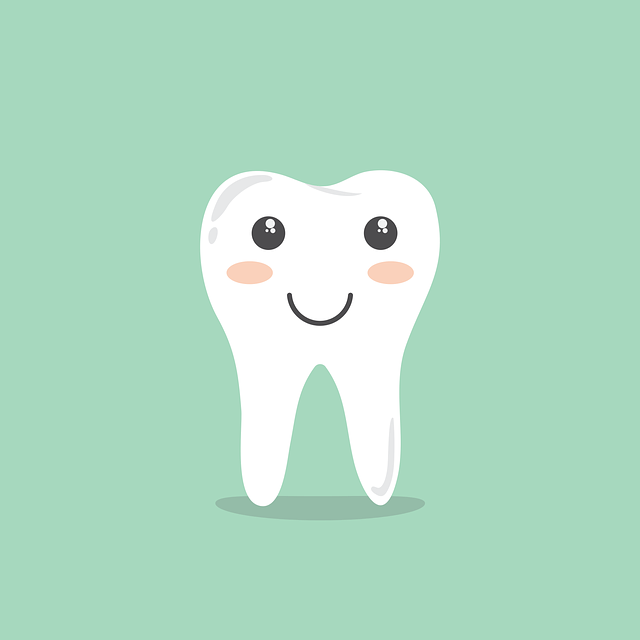Wearing a Retainer with Bleeding Gums: What to Do
Are you facing the dilemma of wearing a retainer while dealing with bleeding gums? Fret not, as we have the answers you seek. In this article, we will delve into the world of retainers and bleeding gums, providing you with expert advice on what to do in this situation. So, sit back, relax, and let us guide you through the ins and outs of wearing a retainer with bleeding gums.
1. Understanding the relationship between wearing a retainer and bleeding gums
When it comes to wearing a retainer, it’s important to understand the potential connection with bleeding gums. While some individuals may experience bleeding gums when wearing a retainer, it’s crucial to note that this occurrence is not directly caused by the retainer itself. Instead, it is often a result of improper oral hygiene or pre-existing gum conditions.
Here are a few key points to consider:
- Plaque build-up: Inadequate oral hygiene can lead to plaque build-up, which may irritate the gums and cause bleeding. Regularly brushing and flossing, along with proper cleaning of the retainer, can help prevent this issue.
- Gum inflammation: Individuals who have pre-existing gum conditions, such as gingivitis, may experience increased sensitivity and bleeding when wearing a retainer. It’s crucial to consult with a dentist to address any underlying gum issues before using a retainer.
Remember, maintaining good oral hygiene practices is essential for overall oral health, whether or not you wear a retainer. If you notice persistent or excessive bleeding gums, it’s vital to consult with a dental professional to identify and address the underlying cause.

2. Identifying the causes of bleeding gums while wearing a retainer
There can be several causes of bleeding gums while wearing a retainer. It’s essential to identify these factors to address the issue effectively. Here are some possible reasons behind bleeding gums and what you can do to alleviate the problem:
- Poor oral hygiene: Inadequate cleaning of your teeth and retainer can lead to plaque buildup, causing gum irritation and bleeding. Ensure you brush your teeth twice a day with a soft-bristled toothbrush and use a non-alcoholic mouthwash to maintain good oral hygiene.
- Retainer fit: Ill-fitting retainers can put excessive pressure on your gums, leading to discomfort and bleeding. If you suspect your retainer is not fitting properly, consult your orthodontist to get it adjusted or replaced.
- Gingivitis: Existing gum inflammation or gingivitis can be aggravated by wearing a retainer, resulting in bleeding gums. Regular dental check-ups and professional cleanings can help manage gum disease and prevent further complications.
Remember that bleeding gums while wearing a retainer should not be ignored, as it may indicate an underlying dental issue. If the problem persists despite practicing good oral hygiene and adjusting your retainer, it is advisable to consult your orthodontist or dentist for a thorough evaluation and appropriate treatment.

3. Practical tips for managing bleeding gums when wearing a retainer
When wearing a retainer, it’s not uncommon to experience bleeding gums. However, with a few practical tips, you can effectively manage this issue without compromising your oral health. Here are some suggestions to help you deal with bleeding gums while wearing a retainer:
- Maintain excellent oral hygiene: Brush your teeth at least twice a day using a soft-bristled toothbrush. Pay special attention to the gum line and gently massage your gums to promote blood circulation.
- Use a saltwater rinse: Rinse your mouth with warm saltwater for 30 seconds after brushing. This natural remedy reduces inflammation, promotes healing, and prevents infection in the gums.
- Avoid hard or crunchy foods: Opt for softer foods that are easier to chew to minimize irritation and pressure on your gums. Steer clear of hard candies, nuts, and popcorn, as these can aggravate the bleeding.
Additionally, it’s crucial to visit your orthodontist regularly to ensure your retainer fits properly and to address any concerns promptly. Remember, taking care of your oral health is essential for successful retainer wear. By following these practical tips, you can effectively manage bleeding gums and maintain a healthy smile while wearing your retainer.

4. Seeking professional advice for persistent bleeding while wearing a retainer
If you are experiencing persistent bleeding while wearing a retainer, it is important to seek professional advice to address the issue promptly. While some minor bleeding can be normal during the initial adjustment period, continuous bleeding should not be ignored as it could indicate an underlying problem. Here are some steps you can take to address the issue:
- Inspect your retainer: Carefully examine your retainer for any sharp edges or rough spots that may be causing irritation or injury to your gums or mouth. If you notice any issues, contact your orthodontist or dentist to have the retainer adjusted or replaced.
- Maintain good oral hygiene: Proper oral hygiene is crucial to prevent complications. Make sure to brush your teeth gently but thoroughly, including the areas around the retainer. Use a soft-bristled toothbrush and non-abrasive toothpaste to avoid further irritation.
- Take breaks from wearing the retainer: If the bleeding persists, you may need to temporarily remove the retainer to allow your gums and mouth to heal. Consult with your orthodontist or dentist to determine the appropriate duration for these breaks.
If the bleeding continues despite these measures, it is essential to schedule an appointment with your orthodontist or dentist as soon as possible. They can evaluate your specific situation, identify any underlying causes, and provide the necessary treatment. Remember, seeking professional advice is crucial to ensure your oral health and address any potential complications effectively.

5. Maintaining oral hygiene to prevent bleeding gums with a retainer
Maintaining good oral hygiene is essential to prevent bleeding gums when wearing a retainer. Here are some tips to keep your gums healthy and ensure a comfortable wearing experience:
1. Brush your teeth regularly: Brush your teeth at least twice a day, using a soft-bristled toothbrush and fluoride toothpaste. Pay extra attention to the gum line and the areas around your retainer. Use gentle, circular motions to remove plaque and food particles effectively.
2. Floss daily: Flossing is crucial in removing plaque and debris from between your teeth and along the gum line. Be gentle and use a floss threader if needed to navigate around your retainer wires. This will help prevent gum inflammation and bleeding.
3. Rinse with saltwater: Incorporate a saltwater rinse into your oral care routine. Dissolve half a teaspoon of salt in warm water and swish it around your mouth for 30 seconds. This can help reduce gum inflammation and promote healing.
4. Use an antibacterial mouthwash: Rinse with an antibacterial mouthwash recommended by your dentist. This helps kill bacteria and prevent gum infections that can lead to bleeding gums.
5. Maintain a healthy diet: A balanced diet rich in vitamins and minerals is essential for gum health. Include plenty of fruits, vegetables, and whole grains in your meals while limiting sugary snacks and beverages. This can help strengthen your gums and prevent bleeding.
By following these oral hygiene practices, you can maintain healthy gums and prevent bleeding while wearing a retainer. Remember to schedule regular dental check-ups to ensure any potential issues are identified and addressed promptly. Your dentist can provide personalized recommendations and guidance for maintaining optimal oral health.
6. Exploring alternative options for retainer wearers with bleeding gums
For retainer wearers who experience bleeding gums, there are several alternative options to consider that can help alleviate this issue. It’s important to address this problem promptly to maintain good oral health and prevent further complications. Here are some potential solutions to explore:
1. Consult with your orthodontist: The first step is to schedule a consultation with your orthodontist. They can evaluate the condition of your gums and provide personalized advice based on your specific situation. Their expertise will help determine the underlying causes of your bleeding gums and guide you towards appropriate solutions.
2. Oral hygiene adjustments: Improving your oral hygiene routine can make a significant difference. Consider incorporating the following habits into your daily routine:
- Brush your teeth gently: Use a soft-bristled toothbrush and brush your teeth in a gentle, circular motion. Avoid applying excessive pressure, as this can harm your gums.
- Floss regularly: Flossing removes plaque and food particles that may be contributing to bleeding gums. Be sure to floss carefully around your retainer to reach all areas.
- Rinse with a mouthwash: An antimicrobial mouthwash can help reduce inflammation and kill bacteria, promoting healthier gums.
By following these oral hygiene adjustments, you can improve the health of your gums and minimize bleeding while wearing your retainer.
7. Empowering yourself with knowledge to make informed decisions about wearing a retainer with bleeding gums
When it comes to wearing a retainer with bleeding gums, it is crucial to empower yourself with knowledge to make informed decisions. By understanding the causes and potential risks associated with wearing a retainer while experiencing bleeding gums, you can take appropriate steps to ensure the health and longevity of your teeth and gums.
Here are some key points to consider:
- Bleeding gums can be a sign of gum disease, also known as gingivitis or periodontitis. It is essential to consult with your dentist or orthodontist to determine the underlying cause of your bleeding gums before continuing to wear a retainer.
- Wearing a retainer can potentially exacerbate gum inflammation and bleeding if not properly managed. It is crucial to maintain excellent oral hygiene by regularly brushing and flossing your teeth, as well as cleaning your retainer to prevent bacterial buildup.
- If your bleeding gums persist or worsen while wearing a retainer, it is advisable to seek professional advice. Your dentist or orthodontist may recommend adjusting your retainer or exploring alternative treatment options to promote gum health.
Remember, knowledge is power when it comes to making informed decisions about your dental health. By staying informed and seeking professional guidance, you can ensure that wearing a retainer with bleeding gums does not compromise your oral well-being.
Frequently Asked Questions
Q: Can I wear a retainer if I have bleeding gums?
A: Yes, you can wear a retainer even if you have bleeding gums. However, it is important to address the underlying cause of your bleeding gums to ensure proper oral health.
Q: What could be causing my gums to bleed while wearing a retainer?
A: Several factors can contribute to bleeding gums while wearing a retainer. These may include poor oral hygiene, gum disease, a poorly-fitting retainer, or excessive pressure on the gums.
Q: How can I prevent or alleviate bleeding gums while wearing a retainer?
A: To prevent bleeding gums, maintain excellent oral hygiene by brushing your teeth at least twice a day and flossing daily. Additionally, clean your retainer regularly as instructed by your orthodontist. If your retainer is causing discomfort or pain, consult with your orthodontist to ensure proper fit and adjustment.
Q: Should I continue wearing my retainer if my gums are bleeding?
A: If your gums are bleeding, it is advisable to remove your retainer temporarily and seek advice from your orthodontist or dentist. They can examine your gums and determine the cause of the bleeding, providing guidance on whether to continue wearing the retainer or make necessary adjustments.
Q: Can wearing a retainer worsen bleeding gums?
A: Wearing a retainer itself does not directly cause bleeding gums. However, if your gums are already inflamed or infected, wearing a retainer that puts pressure on the affected area may exacerbate the condition. It is crucial to address any existing gum issues before wearing a retainer.
Q: How long does it take for bleeding gums to resolve?
A: The duration for bleeding gums to resolve varies depending on the underlying cause and individual circumstances. With proper oral hygiene, timely professional treatment, and any necessary adjustments to your retainer, bleeding gums should improve within a few days to a few weeks.
Q: What should I do if my gums continue to bleed despite taking precautions?
A: If your gums continue to bleed while wearing a retainer, it is important to consult with your orthodontist or dentist. They can perform a thorough examination to identify the cause and recommend appropriate treatment options to alleviate the bleeding.
Q: Are there any alternative options to wearing a retainer with bleeding gums?
A: In some cases, your orthodontist may suggest alternative options, such as a modified retainer or a different orthodontic appliance, to alleviate pressure on the gums and promote healing. Consulting with your dental professional will help determine the best course of action for your specific situation.
Q: Can wearing a retainer actually help improve bleeding gums?
A: While wearing a retainer itself may not directly improve bleeding gums, it can indirectly contribute to better oral health. By properly aligning your teeth and closing any gaps, a well-fitted retainer can make it easier to maintain good oral hygiene, reducing the risk of gum disease and ultimately improving the health of your gums.
In Retrospect
In conclusion, if you find yourself wearing a retainer with bleeding gums, there are a few key takeaways to keep in mind. Firstly, it is essential to address the underlying cause of the bleeding gums, which may include gum disease or improper oral hygiene. Secondly, consult with your orthodontist or dentist to determine if adjustments need to be made to your retainer. They can provide guidance on proper fit and offer alternative solutions if necessary. Additionally, maintaining good oral hygiene practices, such as brushing and flossing regularly, can help alleviate bleeding gums and promote overall oral health. Lastly, be diligent in following your dental professional’s recommendations and attend regular check-ups to ensure your retainer is working effectively and your gums are on the path to recovery. By taking these steps, you can confidently navigate the challenges of wearing a retainer with bleeding gums and achieve a healthy, beautiful smile.







